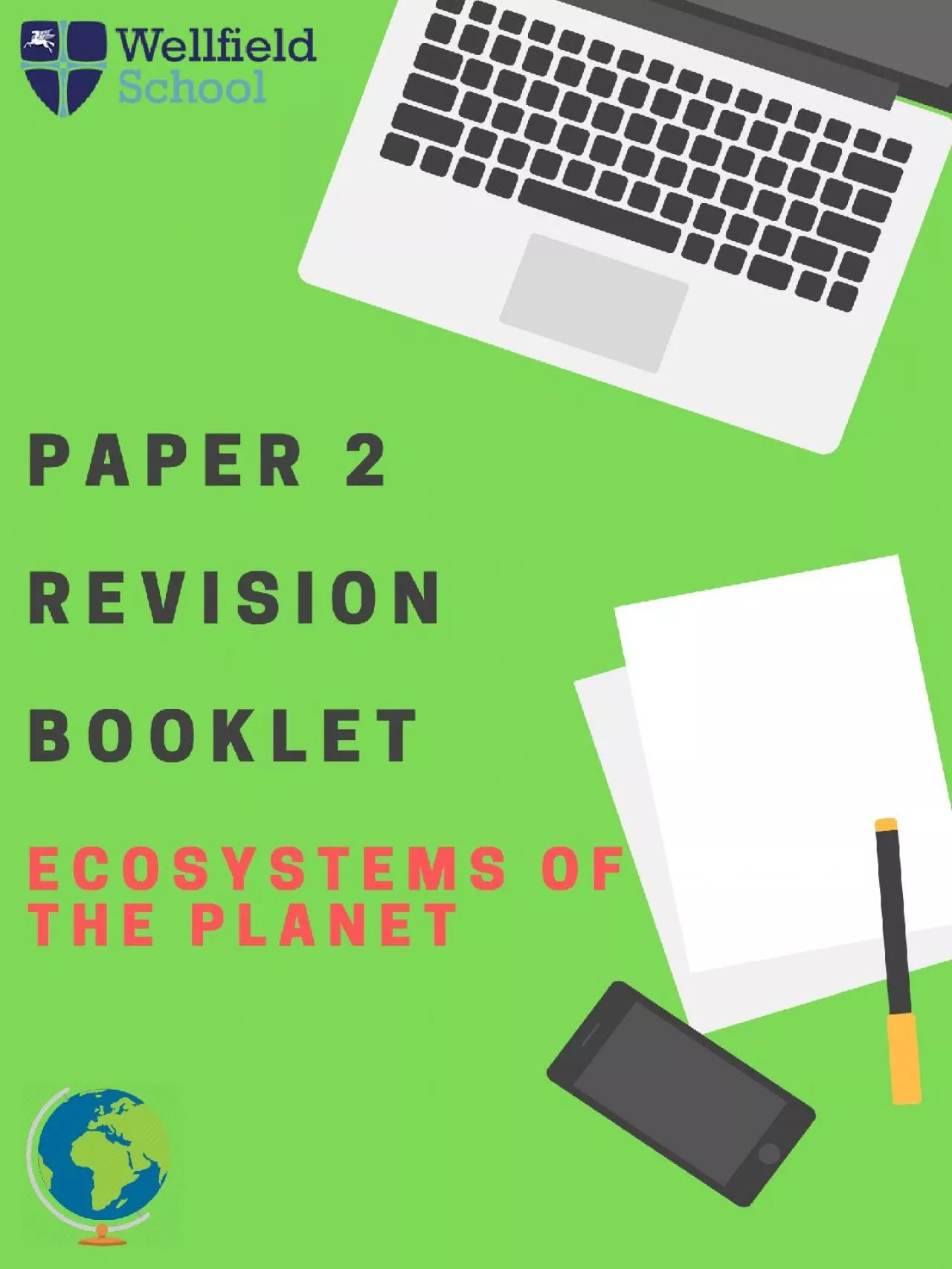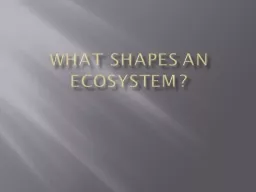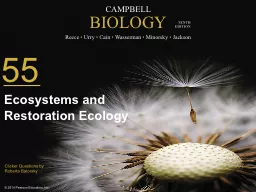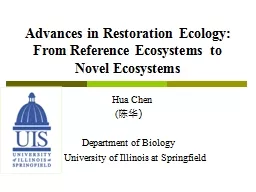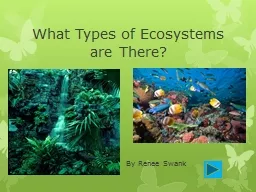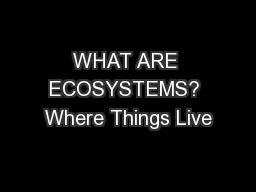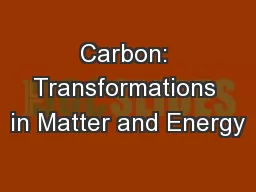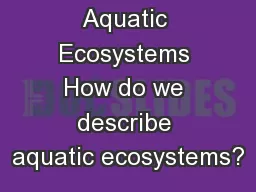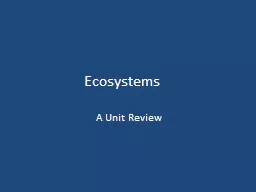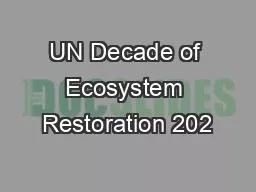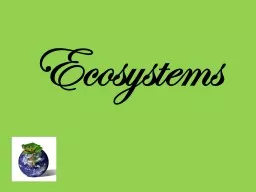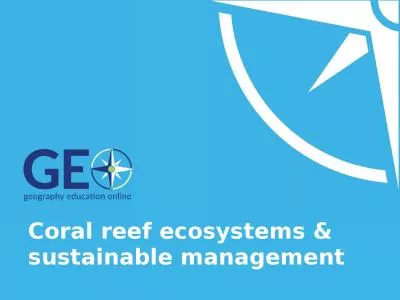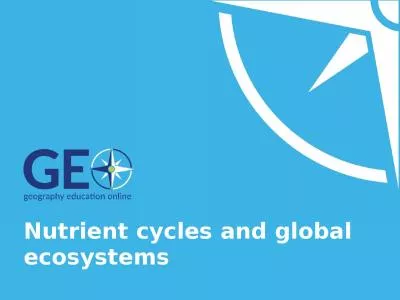PPT-Ecosystems What is an ecosystem
Author : lucinda | Published Date : 2024-03-13
An ecosystem is a natural system in which the living parts biotic eg plants flora and animals fauna and nonliving parts abiotic eg water air sunlight soil and rock
Presentation Embed Code
Download Presentation
Download Presentation The PPT/PDF document "Ecosystems What is an ecosystem" is the property of its rightful owner. Permission is granted to download and print the materials on this website for personal, non-commercial use only, and to display it on your personal computer provided you do not modify the materials and that you retain all copyright notices contained in the materials. By downloading content from our website, you accept the terms of this agreement.
Ecosystems What is an ecosystem: Transcript
Download Rules Of Document
"Ecosystems What is an ecosystem"The content belongs to its owner. You may download and print it for personal use, without modification, and keep all copyright notices. By downloading, you agree to these terms.
Related Documents

